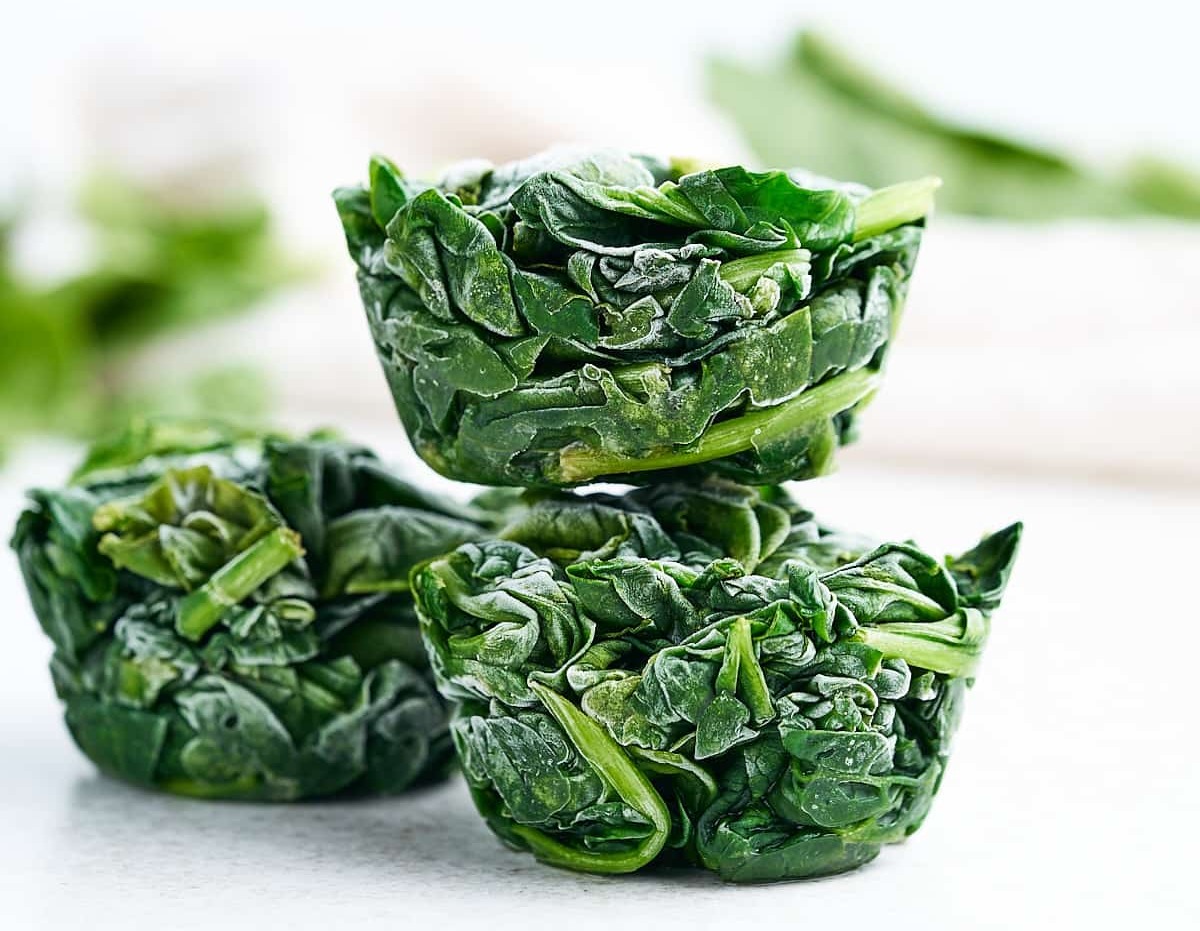

Articles
How To Store Spinach In The Fridge
Modified: September 1, 2024
Learn the best tips and tricks for storing spinach in the fridge to keep it fresher for longer. Check out our informative articles on proper spinach storage.
(Many of the links in this article redirect to a specific reviewed product. Your purchase of these products through affiliate links helps to generate commission for Storables.com, at no extra cost. Learn more)
Introduction
Welcome to the world of spinach storage! Whether you are a fan of fresh salads, smoothies, or cooked dishes, knowing how to properly store spinach is essential to preserve its freshness and nutritional value. As a leafy green vegetable, spinach is packed with vitamins, minerals, and antioxidants that are beneficial for your health. But improper storage can lead to wilting, spoilage, and loss of flavor. In this article, we will guide you through the steps to ensure your spinach stays fresh and delicious for as long as possible.
Proper storage of spinach is important for several reasons. Firstly, it helps to maintain the freshness and vibrant green color of the leaves. Fresh spinach not only looks appealing but also tastes better. Moreover, storing spinach correctly helps to retain its nutritional content. Spinach is a powerhouse of nutrients like vitamin A, vitamin C, iron, and folate, but these nutrients can degrade over time if the spinach is not stored properly.
When it comes to choosing fresh spinach, look for leaves that are bright green and crisp. Avoid spinach that has yellow or brown spots, as this indicates that it is past its prime. Additionally, opt for spinach with firm stems, as wilted or slimy stems are signs of deterioration.
Before storing your spinach, it’s important to give it a good wash to remove any dirt, pesticides, or bacteria. Fill a clean sink or large bowl with cold water and gently place the spinach leaves in it. Swirl them around to loosen any dirt, then let them sit for a few minutes to allow any sediment to sink to the bottom. Carefully lift the leaves out of the water and place them in a colander to drain.
Once your spinach is clean, it’s important to dry it thoroughly before storing. Excess moisture can cause the leaves to wilt and promote the growth of bacteria, which can lead to spoilage. You can use a salad spinner or pat the leaves dry with paper towels to remove the excess moisture.
When it comes to storing spinach in the fridge, there are a few key factors to keep in mind. Spinach is sensitive to temperature and moisture, so it’s important to create the optimal conditions for storing it. The ideal temperature for spinach storage is between 32°F (0°C) and 40°F (4°C), which is typically the temperature of the refrigerator’s vegetable drawer. It’s important to store spinach away from ethylene-producing fruits like apples and bananas, as ethylene can speed up the deterioration process.
Key Takeaways:
- Properly storing spinach is crucial to maintain its freshness, taste, and nutritional value. Follow the steps to extend its shelf life and enjoy vibrant, flavorful spinach in your meals.
- Choose fresh spinach, wash and dry it thoroughly, and store it in the fridge to maximize its shelf life. By following these tips, you can enjoy fresh, nutritious spinach for longer periods.
Read more: How To Store Spinach Leaves
Why is Proper Storage Important?
Proper storage of spinach is crucial to maintain its freshness, taste, and nutritional value. Here are a few reasons why you should pay attention to how you store your spinach:
- Freshness: Spinach is a delicate leafy green, and improper storage can cause it to wilt and lose its crispness. By storing spinach correctly, you can ensure that it stays fresh for a longer period of time, allowing you to enjoy its vibrant green color and crunchy texture.
- Flavor: Fresh spinach has a mild, slightly earthy flavor that is highly sought after in a variety of dishes. Improper storage can cause the leaves to become limp and develop a bitter taste. By storing spinach properly, you can preserve its natural flavor and enhance the overall taste of your meals.
- Nutritional Value: Spinach is packed with essential nutrients, including vitamins A, C, and K, as well as iron, calcium, and folate. However, exposure to light, heat, and air can cause these nutrients to degrade over time. Proper storage helps to minimize nutrient loss and ensures that you get the maximum nutritional benefits from your spinach.
In addition to preserving the quality of the spinach, proper storage also helps to prevent spoilage and food waste. When spinach is stored incorrectly, it can spoil quickly, leading to a waste of both money and resources. By following the recommended storage methods, you can extend the shelf life of spinach and reduce the amount of food that ends up in the trash.
Proper storage is especially important if you buy spinach in bulk or grow your own. Buying in bulk can save you money, but only if you can consume the spinach before it spoils. If you grow your own spinach, you know the effort and care that goes into cultivating healthy plants, so it would be a shame to let your harvest go to waste due to improper storage.
By taking the time to store spinach properly, you can enjoy the many benefits it offers while minimizing waste and ensuring that your meals are as delicious and nutritious as possible. In the next sections, we will delve into the step-by-step process of storing spinach in the fridge to help you make the most of this nutritious green leafy vegetable.
Choosing Fresh Spinach
When it comes to selecting fresh spinach, there are a few key factors to consider. Here are some tips to help you choose the best spinach:
- Color: Look for spinach leaves that are vibrant green in color. Avoid spinach with any yellow or brown spots, as this is an indication that it is past its prime and may not be as fresh.
- Texture: Fresh spinach should have firm and crisp leaves. Avoid spinach that appears wilted or has slimy or mushy spots, as this can be a sign of deterioration.
- Stems: Check the stems of the spinach. They should be firm and not limp or discolored. Wilted or slimy stems can indicate that the spinach is no longer fresh.
- Size: While the size of spinach leaves doesn’t necessarily determine its freshness, smaller leaves tend to be more tender and flavorful. However, larger leaves can still be tasty if they are fresh and have a vibrant green color.
- Organic vs. Conventional: If possible, opt for organic spinach. Organic spinach is grown without the use of synthetic pesticides and chemicals, which can be beneficial for both your health and the environment.
It’s important to note that spinach is a seasonal vegetable, with peak freshness in the spring and fall. However, spinach is available year-round in most grocery stores, so you can enjoy its nutritional benefits no matter the season.
If fresh spinach is not readily available or you prefer the convenience of frozen spinach, you can also choose frozen spinach as a viable option. Frozen spinach is typically blanched before freezing, which helps to retain its nutrients. Just make sure to check the packaging for any added ingredients or preservatives and choose plain frozen spinach if possible.
By selecting fresh and high-quality spinach, you are setting yourself up for success in storing and enjoying this nutritious leafy green. In the next sections, we will walk you through the steps of washing, drying, and storing spinach to maintain its freshness and extend its shelf life.
Washing Spinach Before Storage
Before storing your spinach, it’s crucial to give it a thorough wash to remove any dirt, pesticides, or bacteria that may be present. Here’s a step-by-step guide on how to wash spinach before storage:
- Rinse: Fill a clean sink or large bowl with cold water. Place the spinach leaves in the water and gently swirl them around. This helps to loosen any dirt or debris that may be clinging to the leaves.
- Soak: Let the spinach sit in the water for a few minutes. This allows any sediment or impurities to sink to the bottom of the sink or bowl. During this time, you can gently agitate the leaves with your hands to ensure thorough cleaning.
- Lift out: Carefully lift the spinach leaves out of the water. It’s important to avoid pouring the water with the spinach directly into a colander as this may cause you to pour any remaining dirt or sediment back onto the spinach.
- Drain: Place the spinach leaves in a colander to allow any excess water to drain off. You can gently shake the colander to remove excess water, but avoid squeezing or pressing the leaves too hard, as this can cause them to bruise or become damaged.
- Inspect: After draining, take a moment to inspect the spinach leaves. Remove any wilted or damaged leaves as they can spoil more quickly and affect the overall freshness of the batch.
It’s worth noting that pre-washed and bagged spinach is widely available in stores. While pre-washed spinach can save you time and effort, it is still advisable to give it a quick rinse before consumption or storage to ensure any residual dirt or contaminants are removed.
Once your spinach is clean and drained, it’s important to dry it thoroughly before storing. Excess moisture can cause the leaves to wilt and promote the growth of bacteria, which can lead to spoilage. In the next section, we will cover different methods for drying spinach to ensure it stays fresh and crisp.
Drying Spinach
After washing, drying the spinach thoroughly is essential before storing it. Here are a few methods for drying spinach effectively:
- Salad Spinner: A salad spinner is a convenient tool for drying leafy greens like spinach. Place the spinach leaves in the basket of the salad spinner and spin it to remove excess water. Repeat the spinning process a couple of times until the leaves are mostly dry.
- Patting with Paper Towels: If you don’t have a salad spinner, you can lay the spinach leaves on a clean kitchen towel or paper towels. Gently pat the leaves with additional towels to absorb the moisture. Ensure that the leaves are completely dry to prevent wilting and moisture buildup during storage.
- Air Drying: Alternatively, you can let the spinach air dry naturally. Lay the washed leaves on a clean kitchen towel or a drying rack and let them sit for some time until they are fully dry. This method may take longer, especially if the humidity level in your kitchen is high.
Whichever drying method you choose, it’s important to avoid squeezing or pressing the spinach leaves too hard, as this can cause them to bruise or become damaged. Treat the leaves gently to maintain their integrity and freshness.
Once the spinach is dried, it’s ready for storage in the refrigerator. In the next section, we will guide you through the steps of storing spinach in the fridge to maximize its shelf life.
To store spinach in the fridge, first remove any damaged leaves and wash the rest thoroughly. Then, wrap the spinach in a paper towel and place it in a resealable plastic bag with the air squeezed out. Store it in the crisper drawer of the fridge for up to 5-7 days.
Read more: How To Store Baby Spinach
Storing Spinach in the Fridge
Storing spinach in the fridge requires creating the right conditions to maintain its freshness. Follow these steps to store spinach properly:
- Preparation: Make sure the spinach is clean and thoroughly dried before storing. Excess moisture can lead to wilting and spoilage, so it’s important to remove as much moisture as possible.
- Storage Container: Choose a storage container that is clean, airtight, and large enough to accommodate the spinach without crushing the leaves. You can use a plastic or glass container, or even a resealable plastic bag.
- Lining: Line the chosen storage container with a dry paper towel or a few layers of absorbent kitchen towel. This will help absorb any residual moisture and prevent it from accumulating around the spinach leaves.
- Layering: Carefully place the dried spinach leaves in the storage container, layering them gently. If you have a large quantity of spinach, it’s best to separate the layers with additional paper towels or kitchen towels.
- Sealing: Seal the storage container tightly to create an airtight environment. This helps to keep the spinach fresh and prevent any odors from permeating the leaves.
- Temperature: Store the container in the vegetable crisper drawer of your refrigerator. The temperature in this drawer is typically cooler and more stable, helping to prolong the freshness of the spinach. The ideal temperature range for storing spinach is between 32°F (0°C) and 40°F (4°C).
- Avoiding Ethylene: Spinach is sensitive to ethylene gas, which is emitted by certain fruits like apples and bananas. To prevent accelerated spoilage, it’s best to store spinach away from ethylene-producing fruits in the fridge.
By following these steps, you can create the optimal storage environment for your spinach, helping it to stay fresh for a longer period of time.
Step-by-Step Guide to Storing Spinach
Storing spinach properly is essential to maintain its freshness and extend its shelf life. Here is a step-by-step guide to storing spinach:
- Wash: Rinse the spinach leaves under cold water to remove any dirt or contaminants.
- Soak: Let the spinach sit in a bowl of cold water for a few minutes to allow any sediment to sink to the bottom.
- Drain: Lift the spinach leaves out of the water and place them in a colander to drain.
- Dry: Pat the spinach leaves dry with paper towels or use a salad spinner to remove excess water. Ensure that the leaves are fully dry to prevent wilting and moisture buildup.
- Prepare Storage Container: Choose a clean and airtight storage container, such as a plastic or glass container. Line the container with a dry paper towel or absorbent kitchen towel.
- Layer: Place the dried spinach leaves in the storage container, layering them gently. If you have a large quantity, separate the layers with additional paper towels.
- Seal: Seal the storage container tightly to create an airtight environment and prevent moisture loss.
- Store: Place the sealed container in the vegetable crisper drawer of your refrigerator. The ideal temperature for spinach storage is between 32°F (0°C) and 40°F (4°C).
- Avoid Ethylene: Store spinach away from ethylene-producing fruits, such as apples and bananas, to prevent accelerated spoilage.
- Check Regularly: Periodically check the spinach for any signs of spoilage, such as wilting, sliminess, or off odors. Remove any spoiled leaves to prevent them from affecting the rest of the batch.
By following these steps, you can ensure that your spinach stays fresh, crisp, and full of flavor for an extended period of time.
Tips for Maximizing Spinach Shelf Life
To maximize the shelf life of spinach and keep it fresh for longer, follow these helpful tips:
- Don’t wash until ready to use: Avoid washing spinach until you’re ready to consume or cook it. Moisture can accelerate spoilage, so it’s best to wash the spinach just before using it.
- Store in an airtight container: Utilize airtight containers or resealable bags to store spinach. This helps to maintain its freshness and prevents moisture loss.
- Avoid overcrowding: Do not overcrowd the storage container or bag, as this can cause the leaves to wilt or become damaged. Leave some space to allow for proper air circulation.
- Replace the paper towel: If the paper towel lining the container or bag becomes damp, replace it with a fresh, dry one. This helps to absorb excess moisture and maintain the optimal storage environment.
- Keep away from moisture sources: Store spinach away from moisture sources in the refrigerator, such as damp produce or condensation buildup, as it can lead to quicker spoilage.
- Use older leaves first: If you have a mix of fresh and slightly wilted leaves, use the older leaves first to prevent them from spoiling and affecting the rest of the batch.
- Do not freeze fresh spinach: While you can freeze cooked spinach, it is not recommended to freeze fresh spinach. Freezing can change the texture and affect the quality of the leaves.
- Consume within a week: Fresh spinach is best consumed within one week of purchase or harvest. The longer it sits, the more likely it is to wilt and lose its nutritional value.
- Consider blanching and freezing: To extend the shelf life of spinach, you can blanch it by briefly immersing it in boiling water followed by an ice bath. After blanching, drain the spinach, pat it dry, and store it in freezer-safe bags for later use.
By following these tips, you can prolong the shelf life of spinach and ensure that it remains fresh, crisp, and full of nutrients for as long as possible.
Signs of Spoiled Spinach
Knowing the signs of spoiled spinach is crucial to ensure that you are consuming fresh and safe leafy greens. Here are some key indicators that your spinach has gone bad:
- Wilted leaves: When spinach starts to spoil, the leaves become wilted and lose their crispness. They may appear limp and have a droopy texture.
- Discoloration: Spoiled spinach may exhibit discoloration, such as yellowing or browning of the leaves. This is a clear sign that the spinach is no longer fresh and should not be consumed.
- Slime or stickiness: If the spinach leaves feel slimy or sticky to the touch, it is a sign of bacterial growth and spoilage. Discard any spinach with a slimy texture as it may cause foodborne illnesses.
- Mold: The presence of mold on spinach is a definite sign of spoilage. Discard any spinach that has visible mold growth, as consumption can lead to adverse health effects.
- Off odor: Spoiled spinach may have an unpleasant odor, often described as sour or rancid. If the spinach emits a strong, foul smell, it is best to dispose of it to avoid any potential foodborne illness.
- Funky taste: If your spinach tastes off or has a bitter flavor, it is an indication that it has started to spoil. Fresh spinach should have a mild and earthy taste.
It’s important to note that consuming spoiled spinach can put your health at risk, as it may contain harmful bacteria or toxins. If you notice any of these signs of spoilage, it is recommended to discard the spinach immediately.
Additionally, if the spinach has exceeded the recommended storage time frame or if you have any doubts about its freshness, it is better to err on the side of caution and opt for fresh spinach instead. Remember, it’s always better to be safe than sorry when it comes to consuming food.
By being aware of these signs, you can ensure that you enjoy fresh and nutritious spinach while minimizing the risk of foodborne illnesses.
Read more: How To Store Washed Spinach
Conclusion
Properly storing spinach is essential to maintain its freshness, taste, and nutritional value. With the right storage techniques, you can extend the shelf life of spinach and continue to enjoy its vibrant green color and earthy flavor.
Start by choosing fresh spinach with bright green leaves and firm stems. Avoid spinach with any signs of wilting, discoloration, or sliminess. Once you have your fresh spinach, give it a good wash to remove any dirt or contaminants. Make sure to dry the spinach thoroughly to prevent moisture buildup, which can lead to spoilage.
When it comes to storing spinach, use clean and airtight containers, and place the spinach in the refrigerator’s vegetable crisper drawer. Avoid storing spinach alongside ethylene-producing fruits, as they can accelerate spoilage. Regularly check your spinach for signs of spoilage, such as wilting, discoloration, slime, mold, or a foul odor. If any of these signs are present, it’s best to discard the spinach to prevent any potential health risks.
To maximize the shelf life of spinach, remember to follow these additional tips: don’t wash the spinach until you’re ready to use it, replace any damp paper towels in the storage container, and consume the spinach within a week to ensure optimal freshness.
By implementing these storage practices and being mindful of the signs of spoilage, you can make the most out of your spinach and enjoy its nutritional benefits for as long as possible.
So, the next time you bring home a batch of fresh spinach, remember these storage guidelines for preserving its quality, flavor, and nutrients. Enhance your meals with this versatile leafy green, and feel good about nourishing your body with its abundance of vitamins and minerals.
Frequently Asked Questions about How To Store Spinach In The Fridge
Was this page helpful?
At Storables.com, we guarantee accurate and reliable information. Our content, validated by Expert Board Contributors, is crafted following stringent Editorial Policies. We're committed to providing you with well-researched, expert-backed insights for all your informational needs.
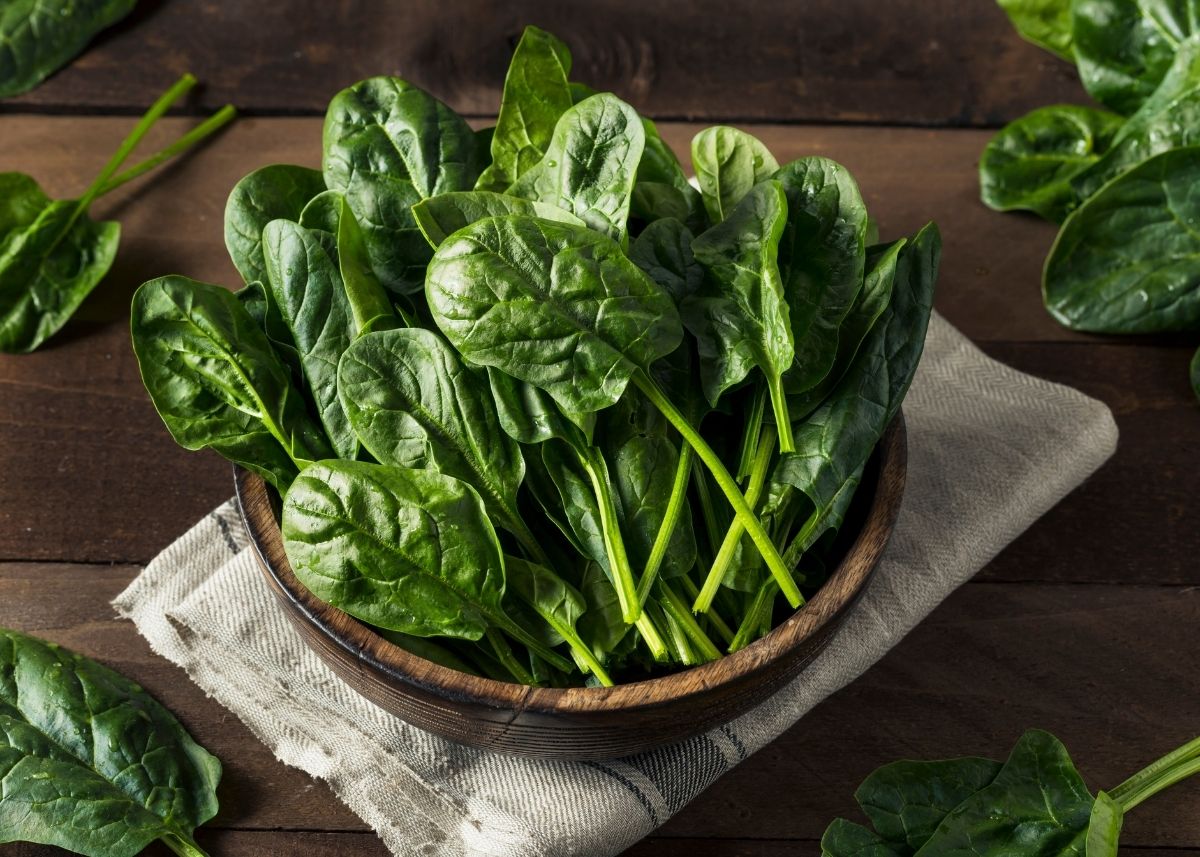
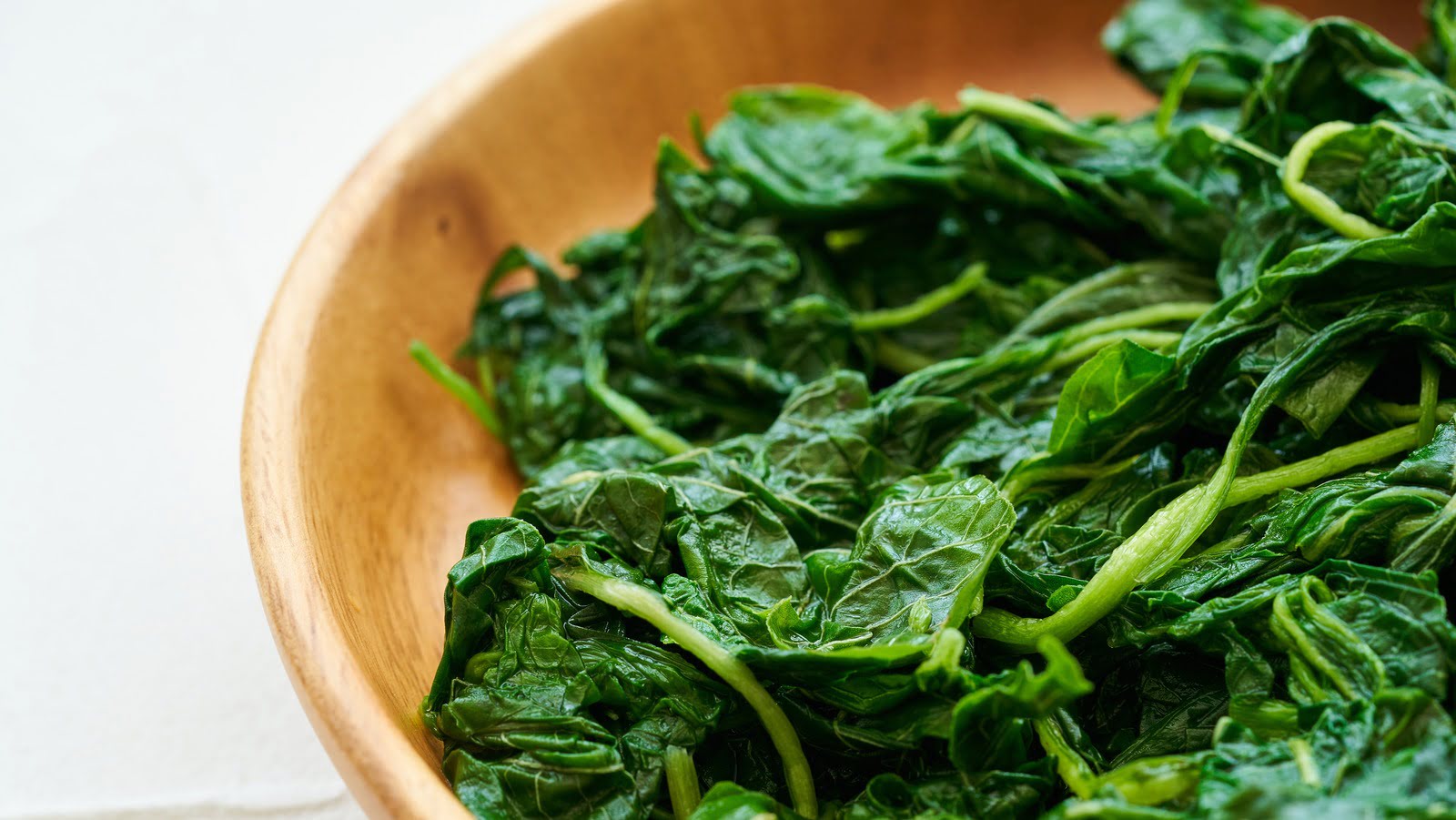
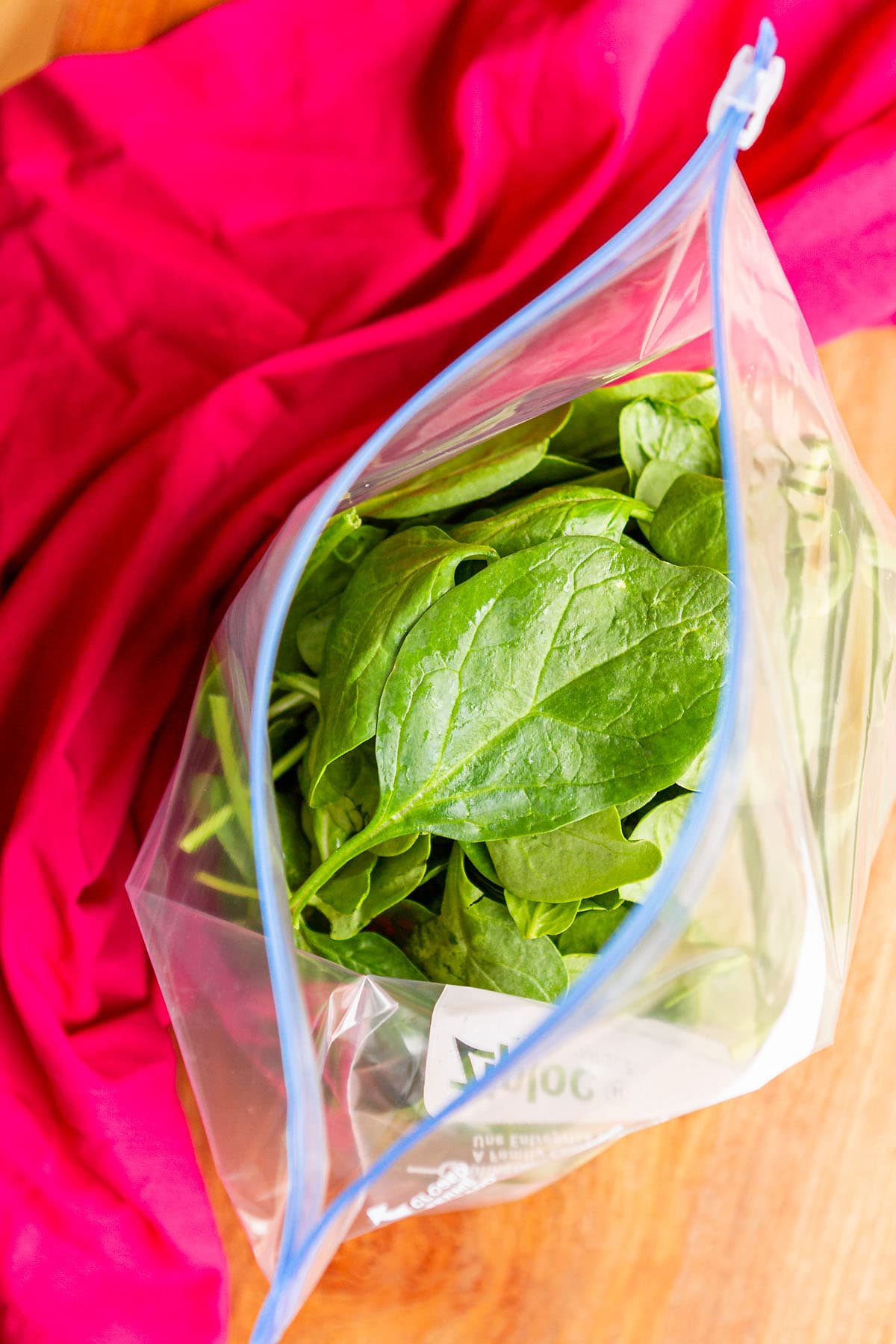

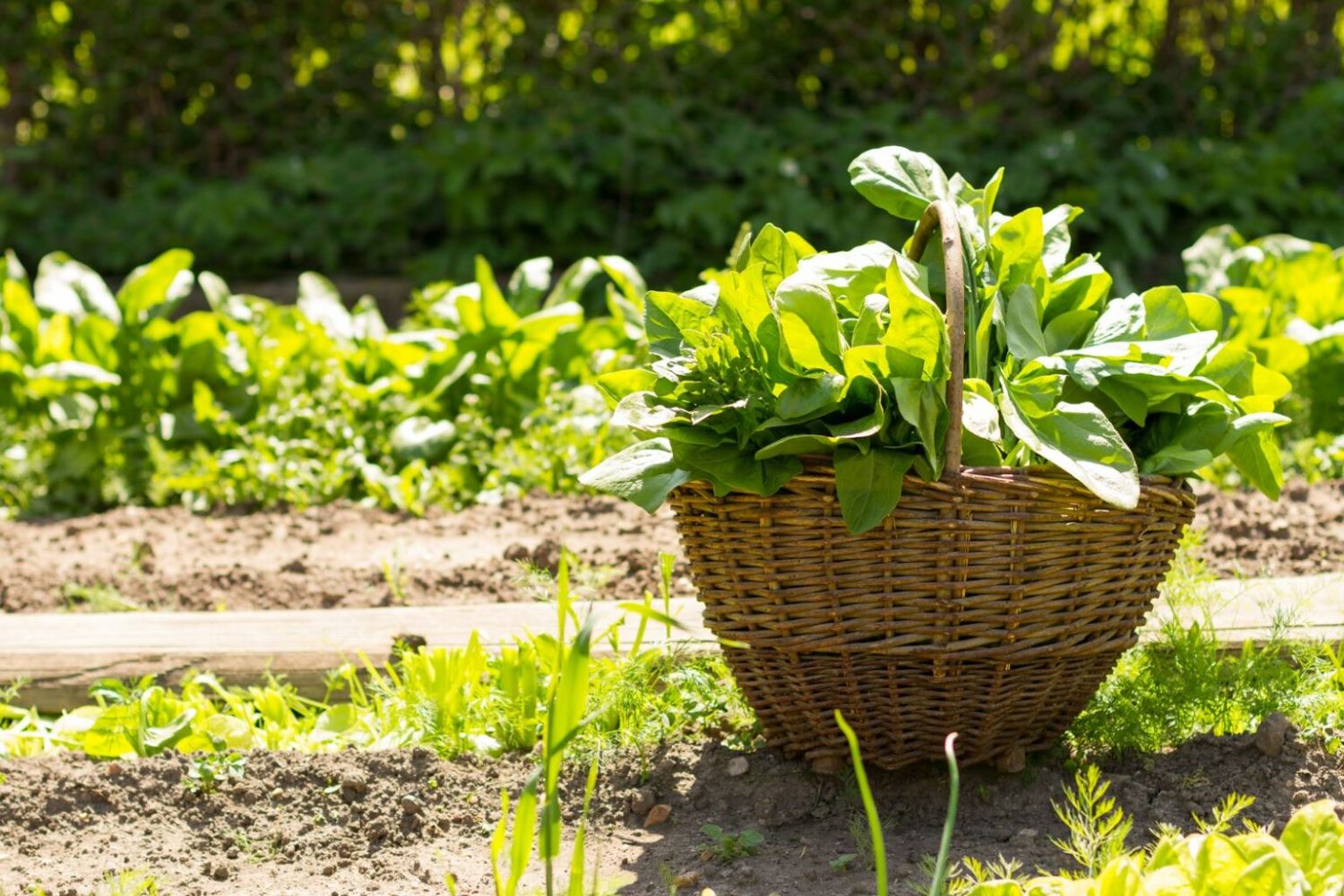
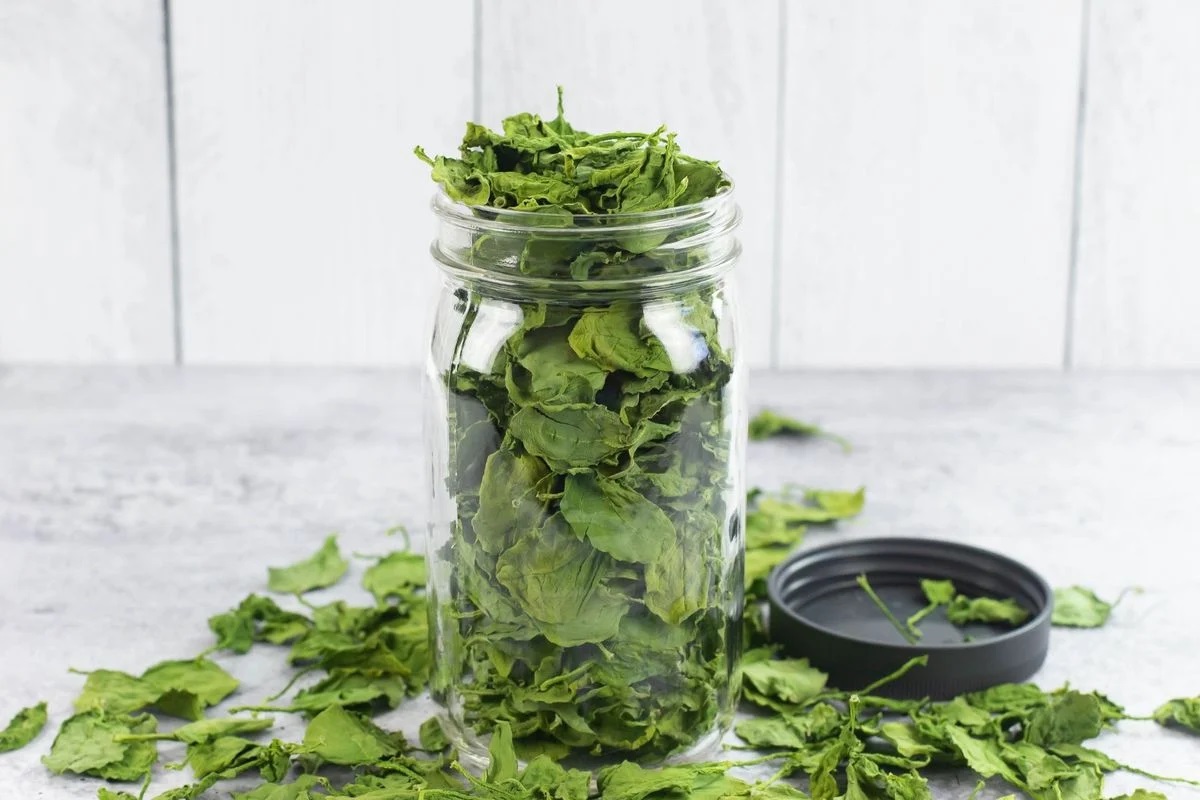

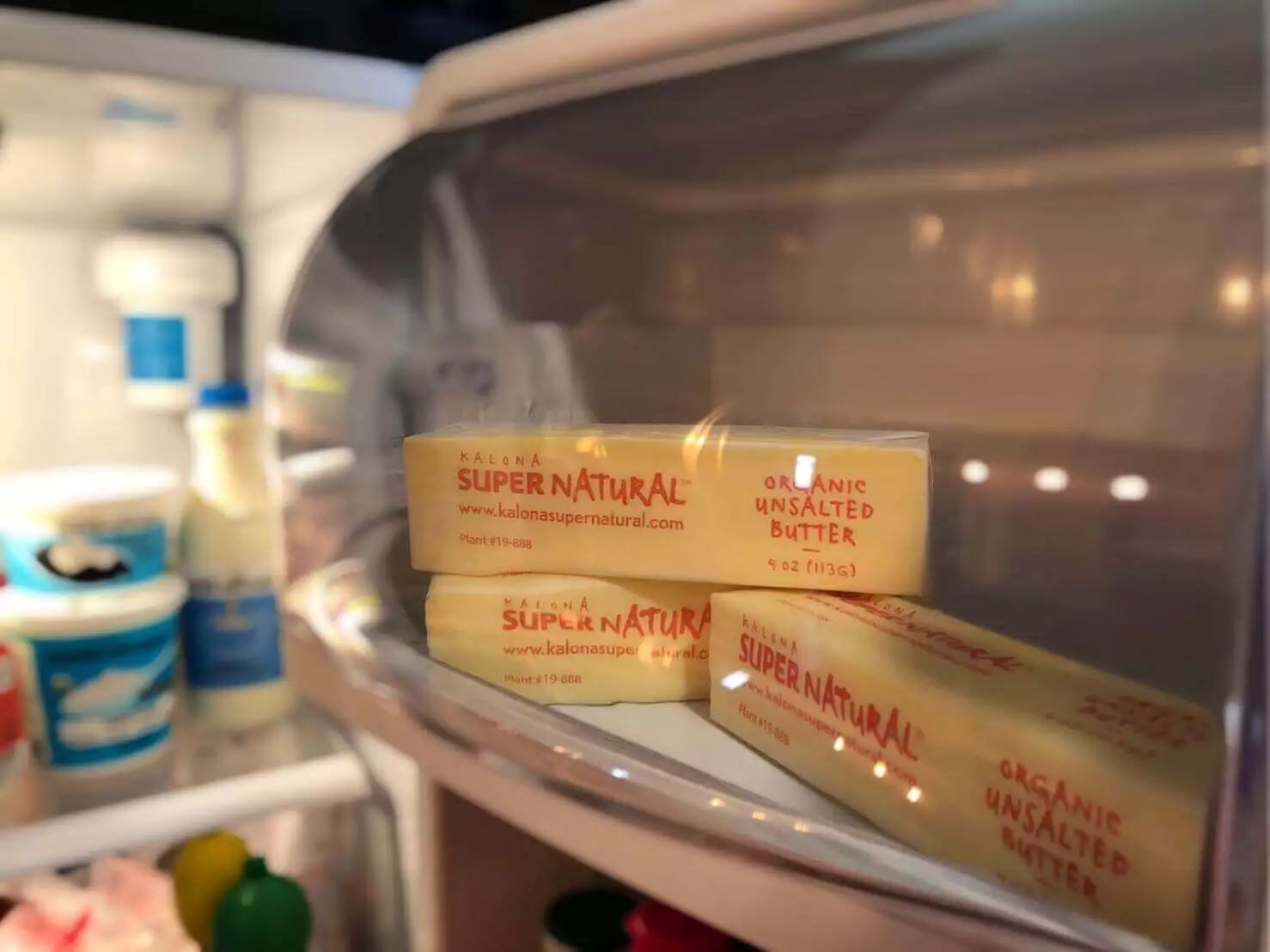

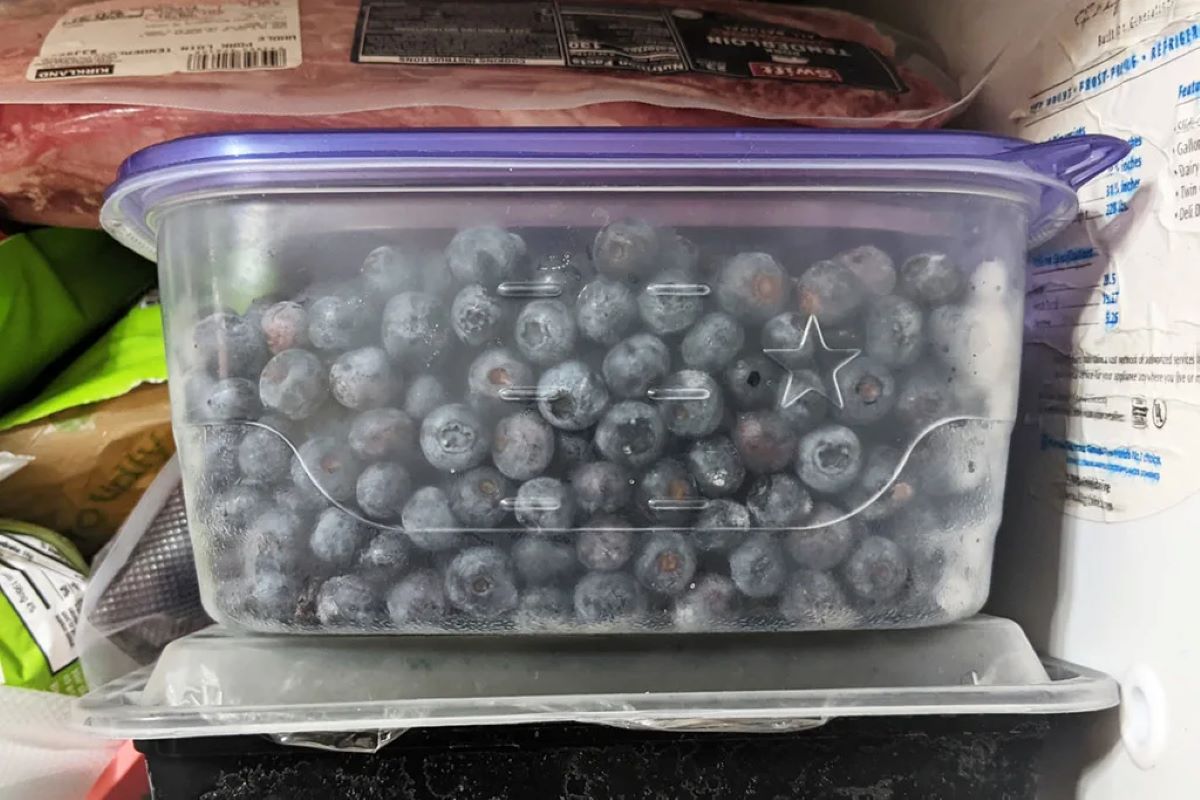
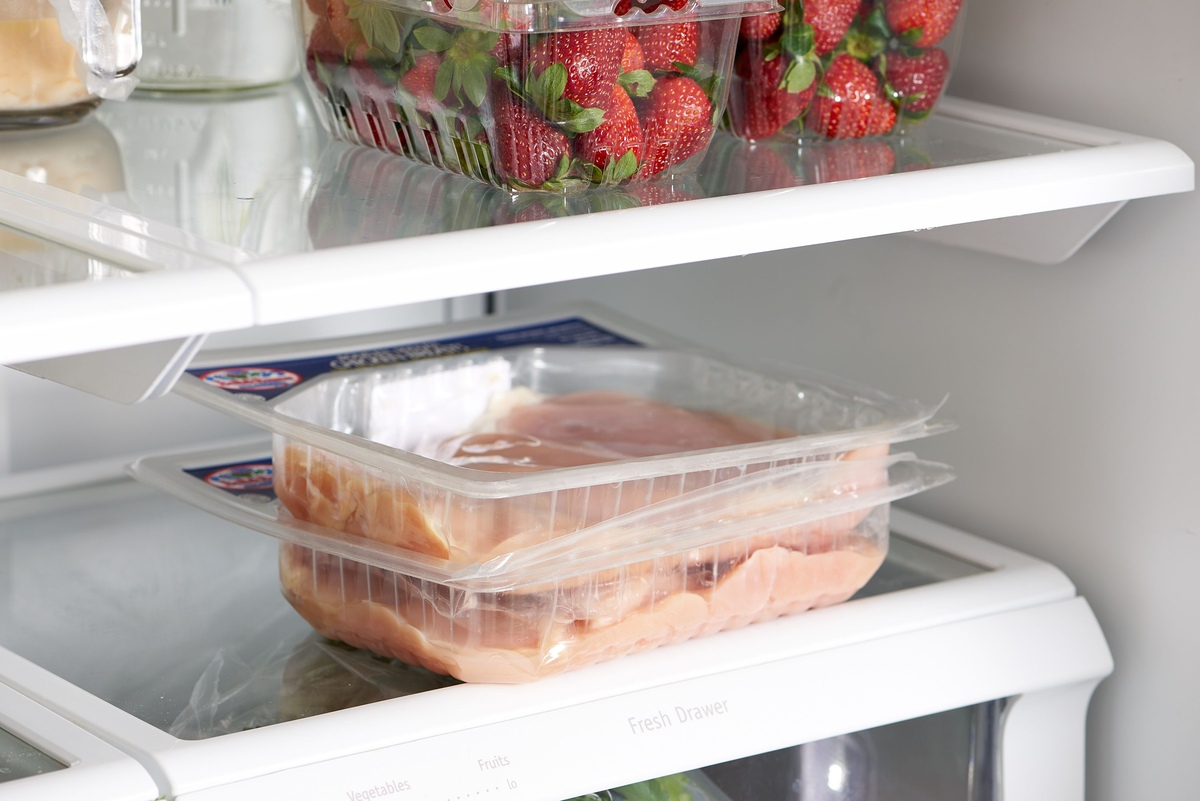
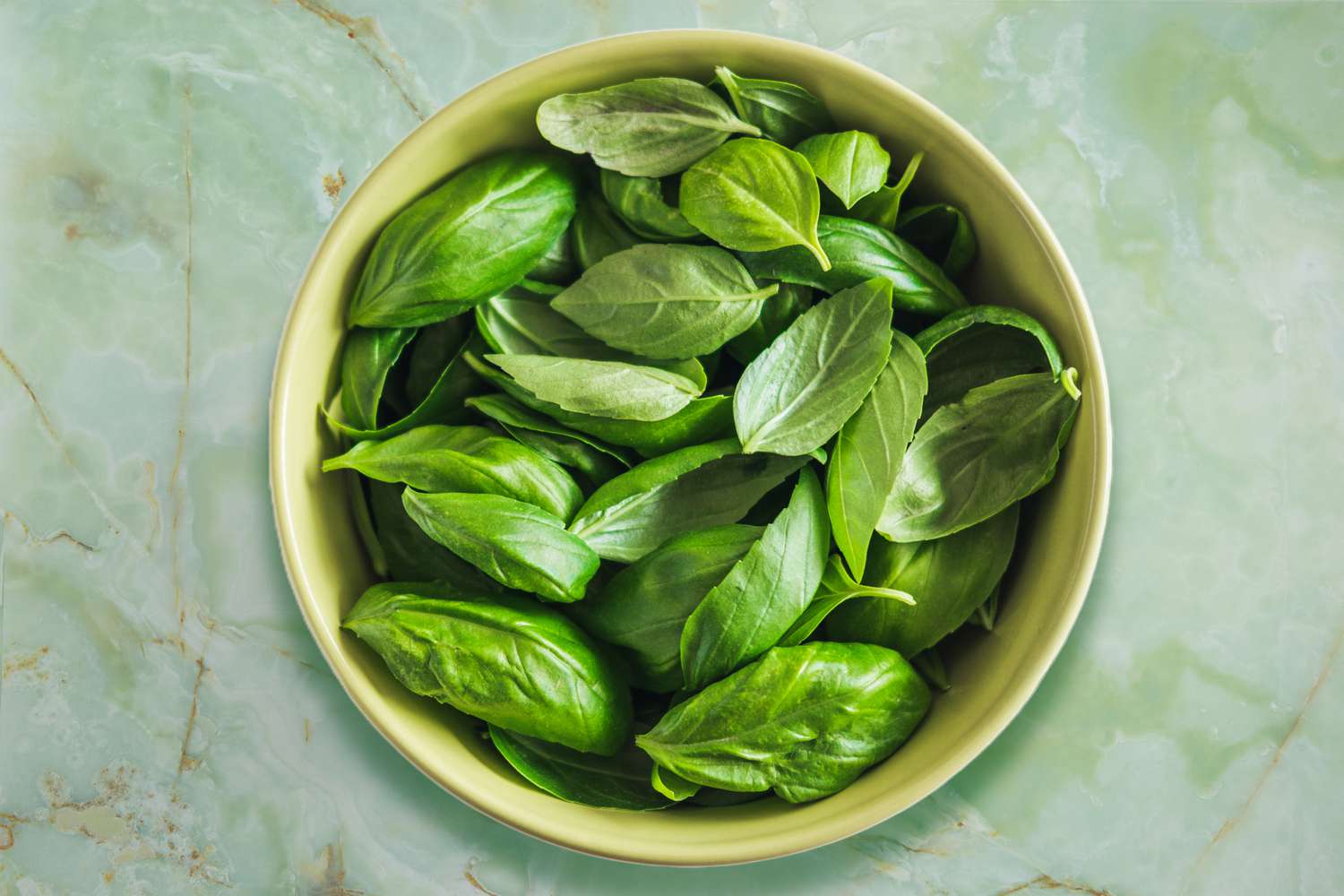


0 thoughts on “How To Store Spinach In The Fridge”